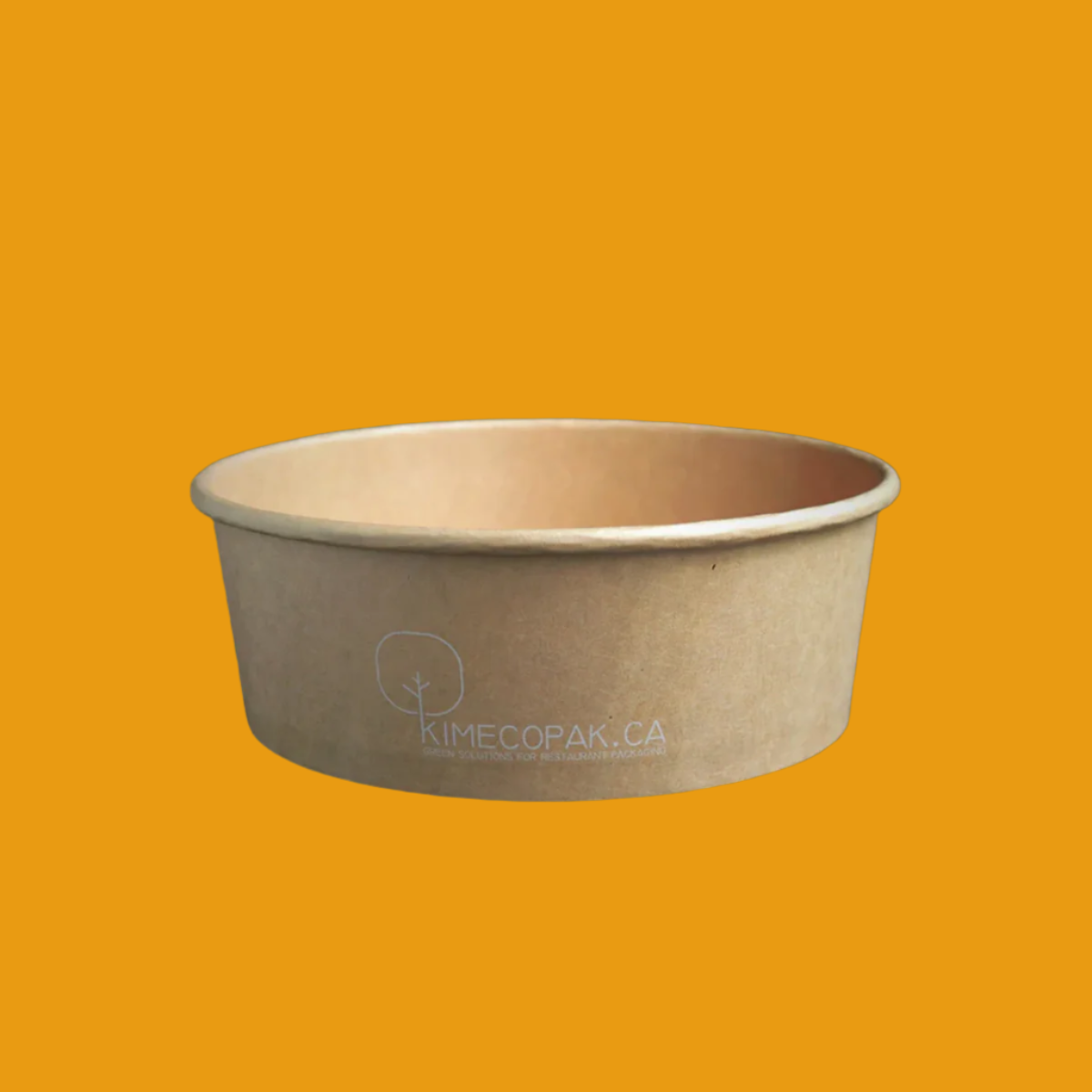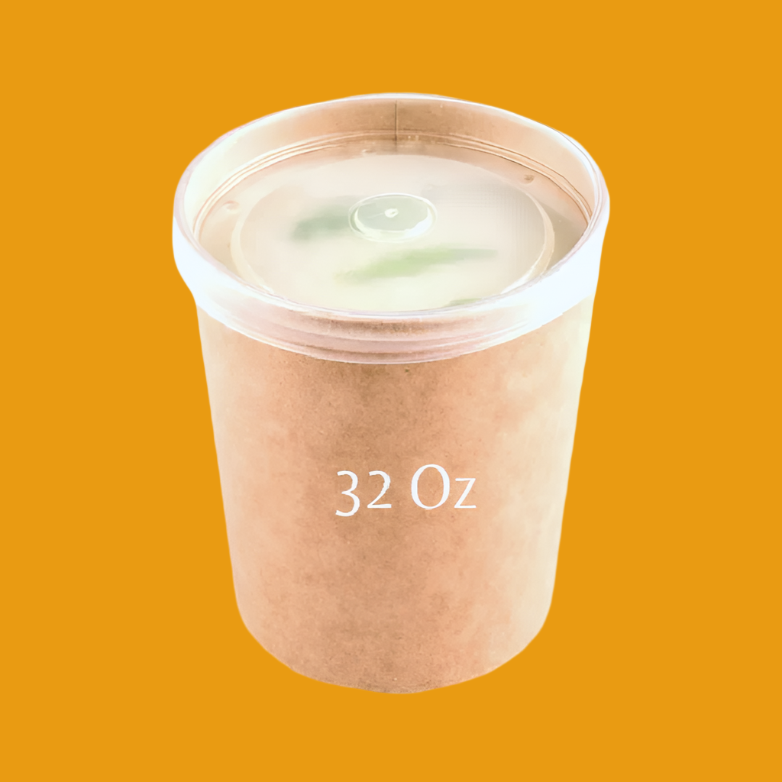In recent years, fusion sushi shops have become popular and are appearing more and more. Meanwhile, classic sushi style is still the favorite choice of many restaurants and consumers. So which style of sushi is better? How to choose the right style for your restaurant? Explore in the article below.
What Is the Difference Between Fusion and Classic Sushi Style?
Classic sushi and fusion sushi are opposing styles. To figure out how their key differences, here are characteristics of each of them.
Classic Style:
- Pure flavor: Focuses on highlighting the inherent beauty and taste of fresh, seasonal ingredients. Think melt-in-your-mouth nigiri with the perfect balance of rice and fish, or glistening slices of sashimi showcasing the ocean's bounty.
- Minimalist techniques: Emphasizes simple preparations that respect the natural flavors. Hand-pressed rice, delicate cuts, and subtle seasonings are the hallmarks of classic sushi.
- Timeless Appeal: These styles have stood the test of time, appealing to purists and those seeking an authentic Japanese culinary experience.
- Examples: Nigiri, Sashimi, Maki (simple fillings like tuna, cucumber), Chirashizushi
Fusion:
- Culinary: Embraces creativity and innovation, blending traditional techniques with unexpected ingredients and bold flavors.
- Broader Appeal: Caters to adventurous palates and those seeking exciting flavor combinations. Fusion sushi offers a playful escape from traditional expectations.
- Higher Risk: New combinations might not resonate with everyone, and the market is constantly evolving, demanding continuous innovation.
- Examples: California Roll, Spicy Tuna Roll, Rainbow Roll, Philadelphia Roll.
From their distinctive characteristics listed above, here are the key differences:
- Ingredients: Classic uses traditional Japanese ingredients like tuna, salmon, seaweed, and rice, while fusion incorporates avocado, cream cheese, tempura, and diverse international flavors.
- Preparation: Classic emphasizes minimalist techniques, while fusion embraces experimentation with sauces, spices, and cooking methods.
- Presentation: Classic often features simple, elegant plating, while fusion can be more playful and visually stunning with colorful arrangements and intricate rolls.
- Appeal: Classic caters to purists and traditionalists, while fusion attracts adventurous eaters and those seeking something new.
Thus, while classic style always stands out thanks to its tradition, fusion brings novelty and uniqueness. So which trend should restaurants choose? Below will explain the specific reasons for each trend.

Why Is Fusion Sushi Style Trending?
The rise of fusion sushi is more than just a culinary trend; it reflects a convergence of cultural shifts and evolving palates. Here are some key factors contributing to its popularity:
- Catering to Diverse Palates:
- Accessibility: Fusion sushi opens the door for people unfamiliar with traditional sushi by offering milder flavors and familiar ingredients like avocado and cream cheese.
- Variety and Adventure: It caters to adventurous palates seeking new and exciting flavor combinations, pushing the boundaries of traditional sushi with bolder spices, sauces, and unexpected ingredients.
- Dietary Options: Vegetarian and vegan options are increasingly popular, and fusion styles offer more flexibility to incorporate plant-based ingredients and cater to dietary restrictions.
- Instagram-Worthy Presentation:
- Visual Appeal: Fusion sushi often features vibrant colors, intricate arrangements, and unique toppings, making them visually stunning and ideal for social media sharing.
- Playful Experimentation: The freedom to experiment with ingredients and presentations allows chefs to create visually captivating dishes that attract diners seeking an Instagram-worthy experience.
- Globalized Food Culture:
- Cross-Cultural Fusion: The increasing popularity of international cuisines has led to a blending of flavors and influences, with sushi being no exception. Fusion sushi reflects this trend, incorporating elements from different cultures into traditional Japanese preparations.
- Local Adaptations: Restaurants adapt their sushi offerings to local preferences and ingredients, creating unique regional variations that cater to specific tastes and cultural contexts.
- The Influence of Media and Pop Culture:
- Celebrity Chefs: High-profile chefs experimenting with fusion sushi have brought it into the mainstream, sparking interest and curiosity among a wider audience.
- Food Trends and Hype: Social media and food blogs play a significant role in shaping food trends, and fusion sushi often gets featured for its novelty and excitement, further boosting its popularity.
- Economic Factors:
- Profitability: Fusion sushi can command higher prices due to the use of premium ingredients and unique creations, offering potential for higher profit margins for restaurants.
- Market Differentiation: In a saturated market, fusion sushi can help restaurants stand out from the competition by offering something new and exciting.
Why Does Restaurant Choose Classic Sushi Style?
There are several compelling reasons why restaurants might choose to focus on classic sushi style, below are the reasons.
Lower Risk and Broader Appeal:
- Familiar Flavors: Classic sushi offers familiar ingredients and traditional preparations, appealing to a wider audience than fusion, which might alienate diners with adventurous palates. This reduces the risk of dishes going uneaten and minimizes waste.
- Guaranteed Demand: Classic sushi styles like nigiri and sashimi have a well-established and loyal customer base. Focusing on these popular options ensures a strong foundation for your restaurant's success.
- Focus on Quality: Classic sushi emphasizes high-quality ingredients and traditional techniques. This can attract discerning diners willing to pay premium prices for authentic and expertly prepared dishes.
Focus on Craftsmanship and Tradition:
- High Barrier to Entry: Mastering the art of classic sushi requires years of skill and dedication. By specializing in this style, restaurants can showcase their chefs' expertise and commitment to authenticity, which can attract discerning diners and differentiate them from less experienced competitors.
- Cultural Connection: Serving classic sushi offers a deeper connection to Japanese culinary heritage. This can resonate with customers seeking an authentic and cultural experience, which can be a marketing advantage.
- Timeless Elegance: Classic sushi has a timeless appeal that endures trends and fads. By focusing on this style, restaurants can create a sense of stability and reliability, attracting customers who value consistency and quality.
Operational Advantages:
- Simpler Supply Chain: Classic sushi often relies on fewer and more specialized ingredients than fusion sushi, which can simplify procurement and reduce costs.
- Standardized Recipes and Techniques: Classic sushi has established recipes and techniques, making it easier to train staff and maintain consistent quality across dishes.
- Lower Marketing Costs: The popularity and familiarity of classic sushi can reduce the need for extensive marketing and promotional efforts.

Fusion vs Classic Sushi Style: Which One Should Your Restaurant Embrace?
The answer depends on your target audience, culinary vision, and risk tolerance. Consider these factors:
- Location: Research local preferences. Are diners in your area open to new flavors, or do they favor tradition?
- Concept: What kind of atmosphere and experience do you want to create? Does your restaurant lean towards trendy and exciting, or timeless and elegant?
- Expertise: Do your chefs have the skill and experience to master both classic and fusion techniques?
- Competition: Analyze the existing sushi landscape in your area. What niche can you fill, and how can you differentiate yourself?
But you still can adapt the trend of combination both of these styles. Fusion's endless possibilities for innovation attract the adventurous, while classic's timelessness and purity resonate with those seeking authenticity. Here's how to embrace both:
- Offer a balanced menu: Cater to diverse palates with classic favorites alongside creative fusion rolls.
- Focus on quality: Highlight the use of fresh, seasonal ingredients and skilled preparation in both styles.
- Embrace innovation: Experiment with new flavors and presentations in fusion, but respect tradition in classic dishes.
- Create a unique experience: Infuse your restaurant with passion for both styles, offering a delightful culinary journey for your guests.
To put in brief, fusion and classic sushi style have its own strengths. The right choice for your restaurant depends on your target audience, desire and requirement. In another hand, embracing both of them is adapting way to consider.









